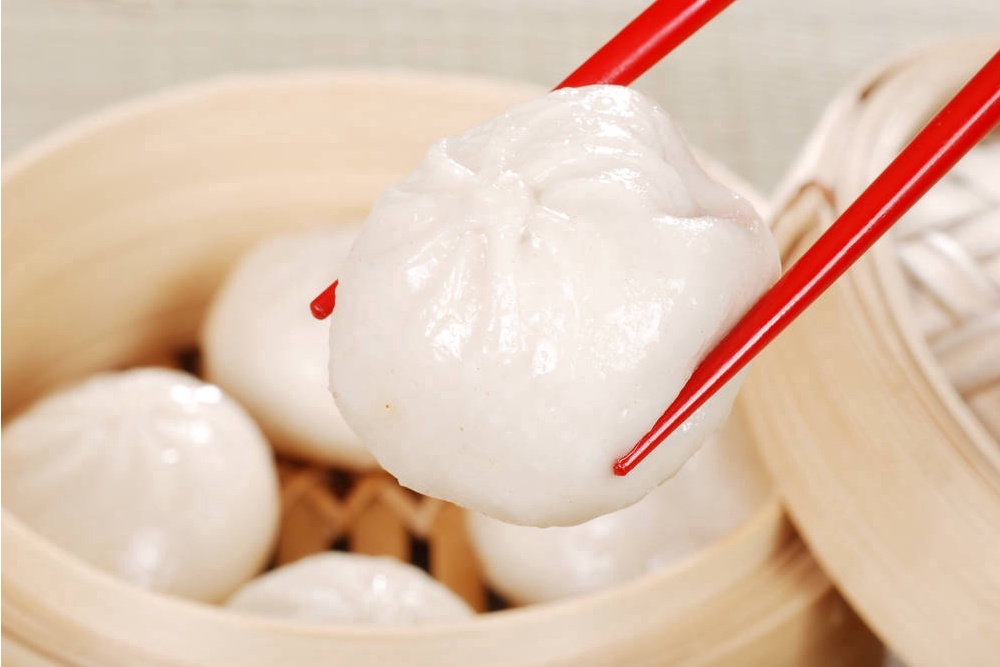
Baozi, a steamed filled bun, is such a common food in China that most of us take it for granted and don't particularly look out for it when dining in restaurants.
Yet in Beijing, the variety and quality of the food can satisfy even the fussiest gourmet.
It is said that the history of baozi dates back to the Three Kingdoms period (220-280). Zhuge Liang (181-234), a military strategist of the time, was on an expedition to far South China when his army caught a plague. The incarnation of wisdom in Chinese history, he invented this foodstuff shaped as a human head and made of flour and pork and beef to offer as a sacrifice and then as food to cure the soldiers' plague.
The food, called mantou (flour head), became a typical food of the Chinese people.
In some parts of southern China, for example Shanghai, steamed bread, either with stuffing or not, is still called mantou. But in the north, people started to call stuffed buns baozi, with bao meaning "wrapping."
Baozi became popular partly with the help of some legendary brand names such as Goubuli and Chenshazi in Tianjin.
These business legends became established in the late Qing Dynasty (1644-1911). Their success stories, together with the good, simple food, have become part of Chinese food culture.
Apart from these northern Chinese-style baozi, southern Chinese-style baozi is also widely available in the capital.
While the northern style is salty, southern style is slightly sweet and sometimes both sweet and salty. The representative of southern-style baozi is meigancai (a dried pickled vegetable) stuffing.
Jiasan Guantang (soup) baozi is another famous variation from Xi'an. This is made of beef and has soup in it.
Beijing has its own baozi legends. Xisi Baozi Restaurant, for example, has been established for almost a century. The small restaurant is only 38 square metres but sells 12,000 yuan (US$1,446) worth of baozi a day.
It is not uncommon to see people queuing up to be served.
The secret of its success is sticking to a strict choice and preparation of material and traditional cooking procedures, according to Ni Yurong, the restaurant's manager for the past 20 years.
Ni said the correct procedure involves the proportion of ingredients in the stuffing, time of steaming, making of the wrap and even the sequence of seasonings added.
The fame of Xisi Baozi Restaurant is largely nostalgic. Baozi, with its meat stuffing, was a better quality food for many Chinese people in poorer times.
In spite of all the restaurants' efforts, the great variety of food styles nowadays makes baozi too simple to dominate the dinner table. But it is good enough as an alternative to your familiar food once in a while.



